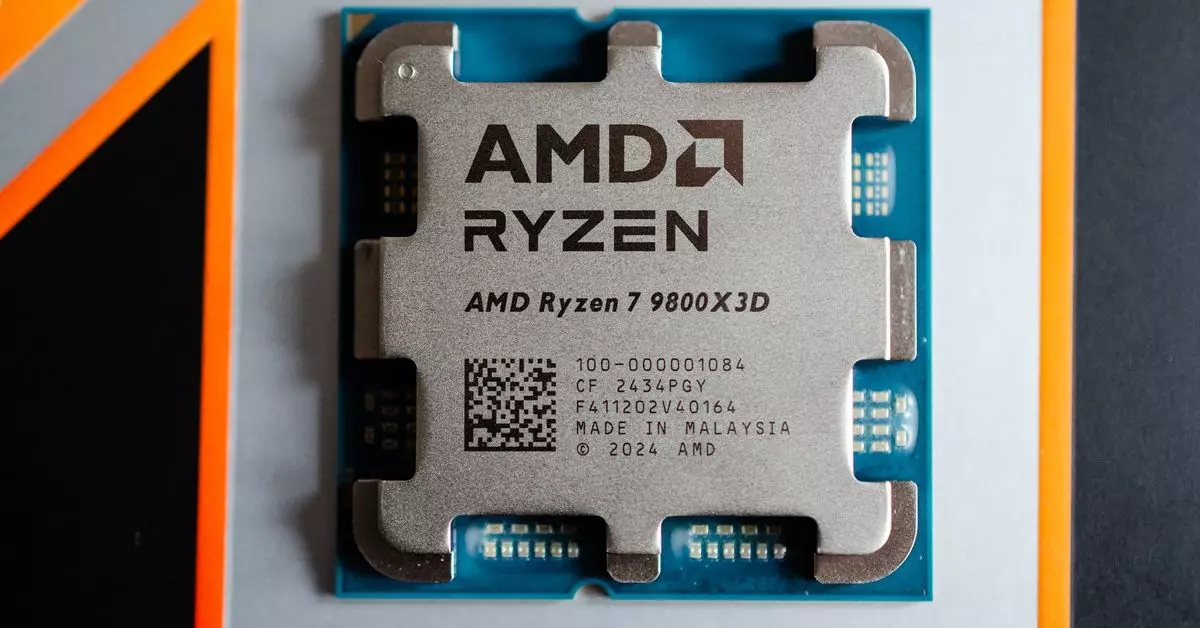In the ever-evolving landscape of computing technology, AMD has made a significant impact with its latest offering, the Ryzen 7 9800X3D. Launched amidst much anticipation, this state-of-the-art gaming processor has quickly gained acclaim for its advanced design and performance metrics. The launch did not just highlight the technological prowess of AMD; it also exposed the vulnerabilities in their supply chain management, raising questions about their preparedness to meet the market demand.
Current Stock Challenges
Despite the hype surrounding the 9800X3D, consumers eager to purchase AMD’s latest innovation are facing significant hurdles. Major retailers like Newegg and Best Buy have reported that they are entirely sold out, while many Micro Center locations are also devoid of inventory. This scarcity extends beyond the borders of the United States; similar scenarios are unfolding in Europe, notably in Germany and the UK. German retailers are reporting depleted stock with no immediate replenishment in sight, and UK stores are inundated with preorders, with one retailer indicating they would not receive new units until the end of November.
The situation has set the stage for opportunistic scalpers who have begun listing the 9800X3D on platforms like eBay at exorbitant prices, sometimes reaching up to $999, a staggering mark-up from its retail price of $479. This speculative behavior reflects not only the demand but also the implications of AMD’s inability to forecast its consumer base adequately.
AMD’s Historical Context
Contextualizing this release within AMD’s history reveals a trend that could explain the stock shortages. The 9800X3D launch came unexpectedly shortly after the introduction of its first Zen 5 desktop CPUs. This swift transition from one product line to another leaves both consumers and retailers unprepared for the sudden demand spike. In contrast, AMD’s previous launches, such as the Zen 4 X3D parts, adhered to a more measured roll-out strategy. This time, the quick turnaround has resulted in chaos, with the company seemingly caught off-guard by the level of consumer interest.
In the past, AMD took five months to launch Zen 4 X3D parts after the original Ryzen 9 7950X, which hints at a more calculated approach. The rush surrounding the 9800X3D suggests the company’s eagerness to reclaim market share, particularly in light of the competition from Intel, which has also released its Core Ultra series.
As the dust settles on the launch chaos of the Ryzen 7 9800X3D, AMD faces not just a supply dilemma but also the potential for reputational damage if consumer frustrations continue. While the technological advancements are undoubtedly impressive, the failure to meet demand illustrates a critical deficiency in logistical planning. AMD must now address these supply chain shortcomings promptly while strategizing for future releases. If they can successfully navigate these challenges, AMD may solidify its market position, but if not, the current supply issues could overshadow its innovations and impact future growth prospects.


Leave a Reply